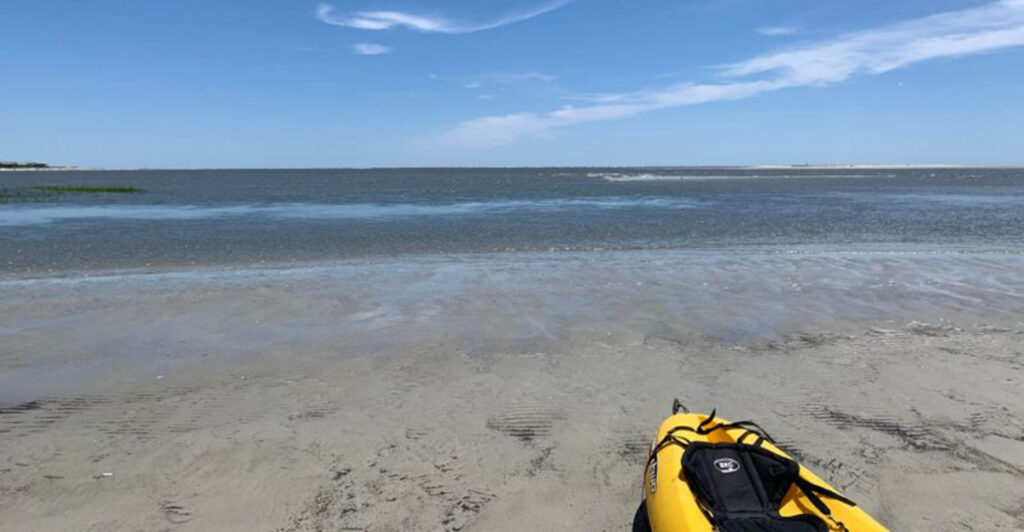Just off Georgia’s coast lies a magical secret that few travelers discover. Tybee Island, a charming beach town near Savannah, guards an extraordinary natural wonder—Little Tybee Island, an untouched wilderness that appears and disappears with the tides. This pristine paradise, despite its misleading name, is actually larger than Tybee itself and offers adventurers a rare glimpse of coastal Georgia in its most natural state.
Surprising Size and Wild Beauty
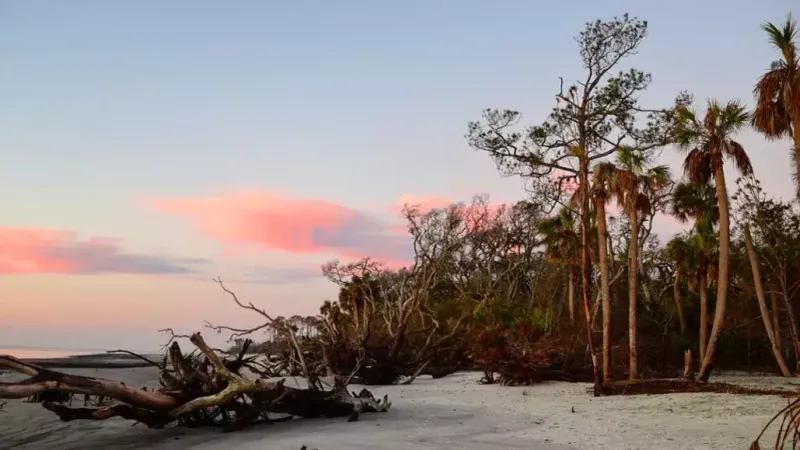
Contrary to what its name suggests, Little Tybee Island sprawls across over 6,500 acres—more than twice the size of Tybee Island itself. This vast natural sanctuary remains completely undeveloped, preserving its primitive coastal wilderness.
Salt marshes stretch like golden carpets between tidal creeks that wind through the landscape. Dense maritime forests provide shelter for wildlife, while pristine beaches offer shell-hunting opportunities you won’t find on more populated shores.
Without roads, buildings, or permanent structures, Little Tybee represents one of the last truly wild places on Georgia’s coast, appearing much as it did centuries ago.
The Mysterious Vanishing Pathway
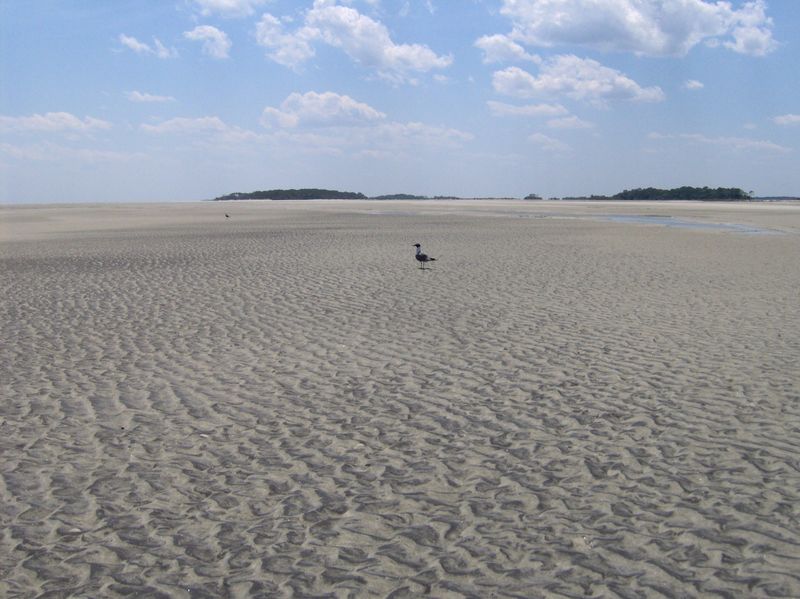
Mother Nature creates a fleeting connection between Tybee and Little Tybee twice daily. As the tide retreats, a sandbar gradually emerges from beneath the water, forming what locals call “the land bridge.”
Walking across this natural pathway might seem tempting, but experienced locals strongly warn against it. The tides shift rapidly, with currents strong enough to sweep away even strong swimmers. Several fatalities have occurred when visitors misjudged the timing.
The safest way to witness this natural phenomenon is from a distance at Tybee’s south end, where you can watch the sandbar appear and disappear with the rhythm of the tides.
Untamed Wildlife Sanctuary
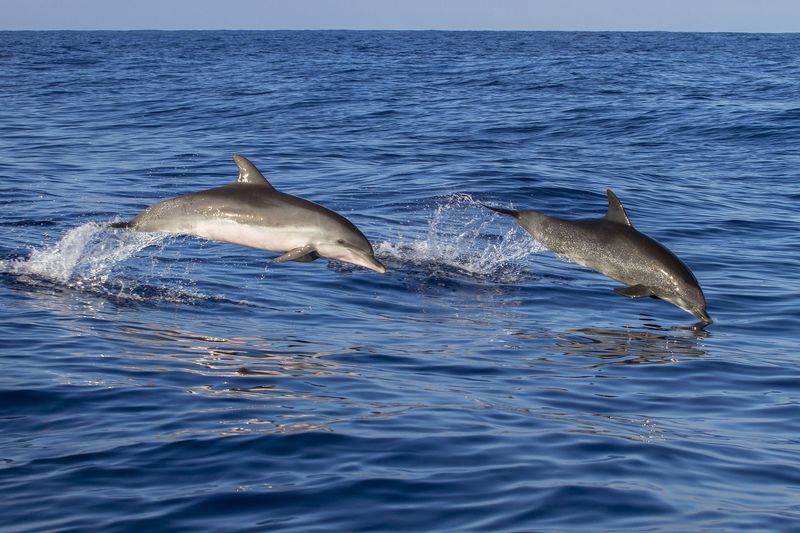
Bald eagles soar overhead while dolphins play in the surrounding waters of this protected nature reserve. Little Tybee serves as a critical habitat for endangered species like loggerhead sea turtles, which nest along its secluded beaches during summer months.
The salt marshes teem with fiddler crabs, oysters, and wading birds including the striking wood stork and graceful white ibis. Lucky visitors might spot river otters playing in the tidal creeks or catch glimpses of the elusive painted bunting—a technicolor bird that makes its home in the maritime forest.
Even alligators inhabit the freshwater ponds hidden within the island’s interior, completing this remarkable ecosystem.
Adventurer’s Paradise by Boat or Paddle
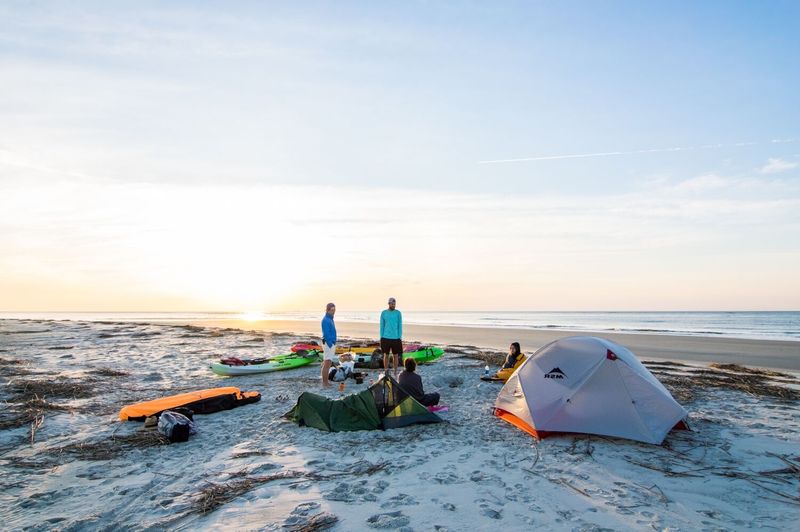
Kayaks slice through the glassy water as early morning paddlers make their way to Little Tybee’s shores. This remains the safest and most popular way to reach the island, with several local outfitters offering guided tours or equipment rentals.
For those seeking overnight adventure, primitive camping is permitted on the island with no reservations required. Just remember that no facilities exist—visitors must bring everything they need and pack out all trash when leaving.
The island’s extensive network of tidal creeks creates a paddler’s playground where you can explore hidden waterways, spot wildlife, and discover secluded beaches that few others ever see.
Essential Safety Precautions
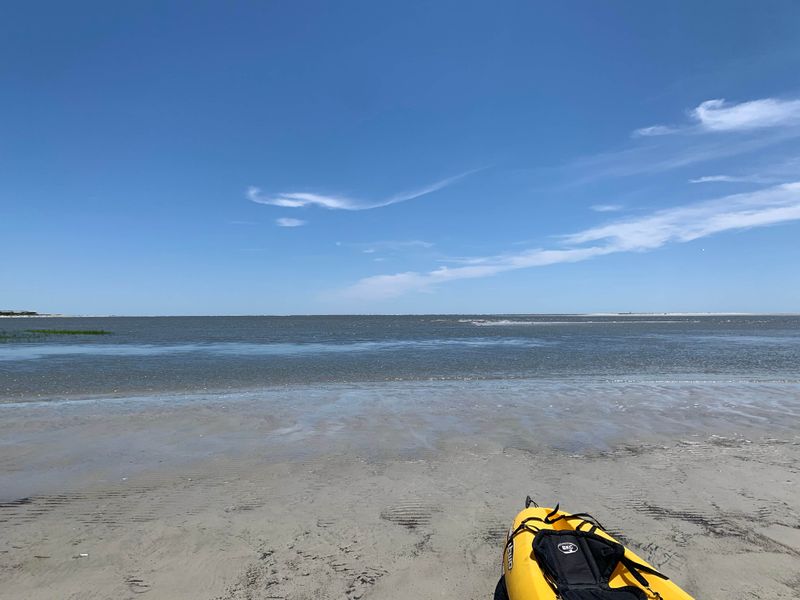
The beauty of Little Tybee comes with serious responsibilities for visitors. Tide charts become your most crucial planning tool, as miscalculating the water’s return can leave you stranded or in dangerous currents.
Cell service remains spotty or nonexistent on the island. Smart adventurers always inform someone on the mainland of their plans and expected return time before departing. Weather conditions can change rapidly along the coast, with afternoon thunderstorms common during summer months.
Always carry more water than you think you’ll need, wear appropriate sun protection, and watch for wildlife—including alligators in marshy areas and jellyfish in the waters during warmer months.

